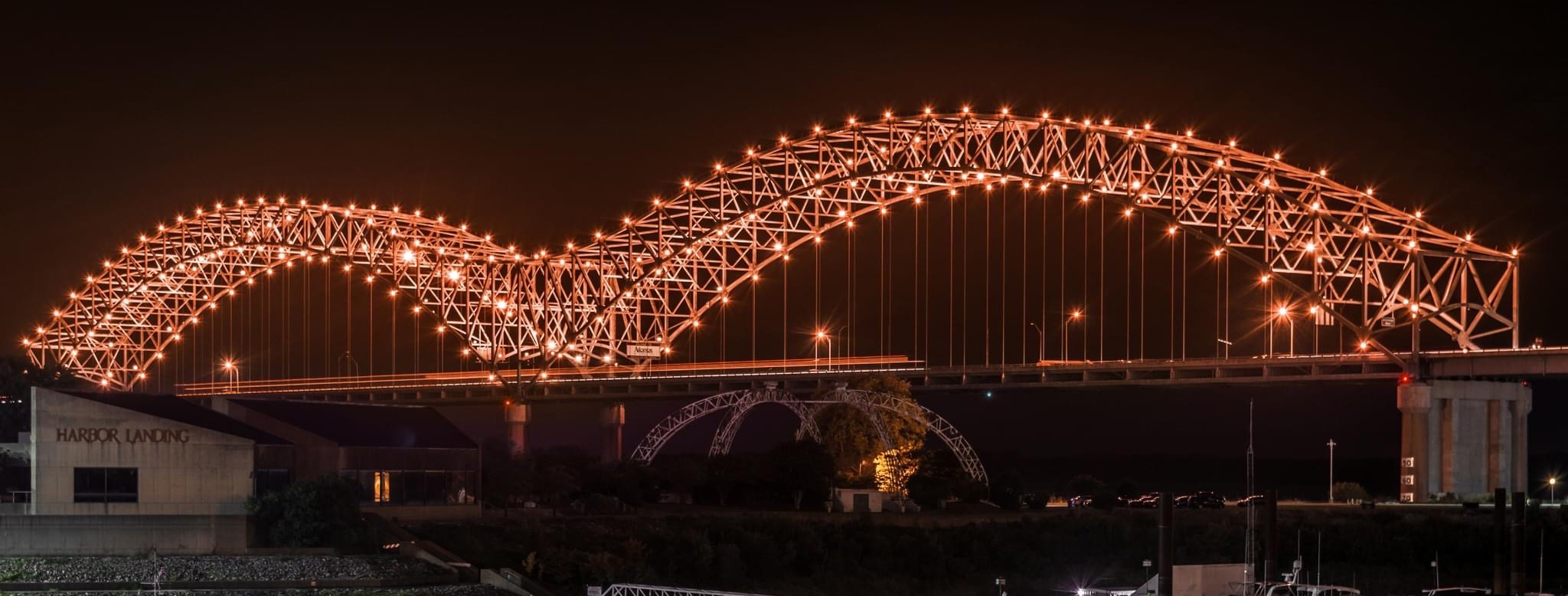
Optimizing bridge assets through innovative delivery and strategic funding
How alternative delivery methods, grant funding and technology are shaping the future of TDOT’s bridge infrastructure
By Will Reid, Deputy Commissioner and Chief Engineer | Tennessee Department of Transportation
At the Tennessee Department of Transportation (TDOT), our mission is to ensure the safety, reliability and longevity of our state’s infrastructure, while maximizing the financial resources we manage.
We are proud to be consistently ranked among the best states in the country for the condition of our structures, including bridges. This ranking reflects years of strategic planning, innovative project delivery and careful management of both state and federal resources. Maintaining this high standard across a network of over 20,000 bridges is a complex challenge, one that requires a forward-thinking approach to both funding and construction.
Tennessee’s rapid population growth increases the demands on our network, necessitating continued investment in infrastructure. At TDOT, we have developed a model that combines fiscal responsibility with innovation, allowing us to balance large-scale projects like our upcoming America’s River Crossing project with the ongoing maintenance of our vast bridge network.
By leveraging federal grants and utilizing alternative delivery methods such as construction manager/general contractor (CMGC) and progressive design-build, we continue to meet the evolving infrastructure needs of Tennessee while ensuring our bridges remain safe, reliable and resilient for future generations.
Leveraging funding
TDOT recently secured nearly $400 million through the Federal Bridge Investment Program for the America’s River Crossing project to replace the Interstate 55 bridge over the Mississippi River, a critical achievement for our state. This project represents the largest transportation investment in Tennessee’s history, with a total cost of $800 million, including contributions from Arkansas as the bridge connects our two states. The current I-55 bridge has served its purpose for more than 75 years, but with its limited capacity, it’s time for a new chapter in Tennessee’s infrastructure story.
Securing grants requires presenting a compelling case that clearly demonstrates the project’s value and impact. For the I-55 bridge, we emphasized its crucial role as a regional artery for commerce and transportation. Additionally, we highlighted the seismic risks associated with its location in the New Madrid Seismic Zone, further strengthening the need for replacement. Equally important, we showcased TDOT’s proven expertise in managing complex infrastructure, ensuring that the project will be delivered on time and in line with federal requirements. With funding support secured, we are moving forward with planning. Construction is tentatively scheduled to begin in 2026.
Maintaining all bridges
While the I-55 bridge project is a significant undertaking, it represents only a portion of TDOT's broader efforts to maintain Tennessee’s extensive bridge network. With more than 20,000 bridges statewide — 8,400 of which are state-owned — our team remains committed to ensuring that every bridge is safe and reliable.
At TDOT, all bridges — regardless of size — are provided with the same level of monitoring and maintenance. Each bridge is vital to the community it serves, providing essential access to schools, jobs and emergency services. We recognize that every structure plays a significant role in the lives of Tennesseans.
To support this commitment, we allocate approximately $100 million annually to our bridge program for repairs and replacements, supplemented by additional funding from sources like Tennessee’s Transportation Modernization Act. This comprehensive funding strategy enables us to pursue large-scale projects while ensuring that the thousands of smaller bridges across the state receive the necessary attention and maintenance they deserve.
Innovating through alternative delivery
To maximize the resources available to us, TDOT has embraced alternative delivery methods such as CMGC and progressive design-build. These approaches help us manage the complexity and risks associated with large projects while ensuring collaboration between project team stakeholders.
For the America’s River Crossing project, TDOT will leverage CMGC because it allows for more collaboration and shared risk between the owner, designers and contractors. This method is ideal for complex projects like I-55, which in this case, involves seismic design and cross-state coordination.
We are also advancing our use of progressive design-build, which will be employed for the upcoming Interstate 65 bridge over the Cumberland River in downtown Nashville. Leveraging this approach, we will foster early collaboration between designers and contractors leading to more innovative solutions and streamlined decision-making. By integrating design and construction phases, these alternative delivery methods enable us to execute projects with greater efficiency and flexibility, ensuring the optimal use of resources and maximizing cost-effectiveness.
Ensuring safety and efficiency through technology
At TDOT, our commitment to innovation extends beyond project delivery. We continually seek out and implement new technologies that enhance both safety and efficiency in our operations. For instance, we have integrated the use of drones for bridge inspections and seismic instruments to monitor the structural integrity of key assets, such as the Hernando DeSoto Bridge in Memphis. Additionally, we have implemented hydraulic software across many of our hydraulic crossings in West Tennessee. This technology enables us to conduct scour analyses on bridges during significant storm events, ensuring that we effectively monitor and mitigate potential undermining of foundations. These advanced tools allow us to identify potential issues early, enabling swift responses that help mitigate the need for more extensive and costly repairs.
We also have achieved significant success with prefabrication techniques, which expedite bridge replacement projects while minimizing public disruption. By employing prefabricated elements, we can complete replacements over weekends, reducing traffic impacts and promoting safety while maintaining the highest standards of quality in our infrastructure projects.
Looking ahead
As Tennessee’s population continues to grow, so too do the demands on our infrastructure. The need for reliable, resilient bridges has never been more urgent, and TDOT is prepared to meet these challenges head-on. Securing federal grants is a vital component of our strategy. However, we recognize that securing sustainable funding goes beyond grants alone. By exploring innovative funding models, including public-private partnerships, we are ensuring that we can continue to invest in infrastructure that supports the state’s growth. Looking forward, TDOT’s commitment to embracing progressive delivery methods and cutting-edge technology will remain at the forefront of our efforts.
By staying focused on innovation, strategic funding and collaboration, TDOT is not just addressing the needs of today, but also building a foundation for the infrastructure of tomorrow.
ABOUT THE AUTHOR
 Will Reid
Will Reid
Deputy Commissioner and Chief Engineer
Tennessee Department of Transportation
Will Reid is the Deputy Commissioner and Chief Engineer at the Tennessee Department of Transportation. Mr. Reid oversees the Bureau of Engineering, which develops, preserves and maintains the state highway system and to provide assistance to local governments in the development of their highway systems. Mr. Reid is a licensed professional engineer with more than 20 years of experience in project management, transportation design, bridge design and evaluation and roadway construction. He is a graduate of the University of Memphis where he received his Bachelor of Science in Civil Engineering.
Contact him at [email protected].
